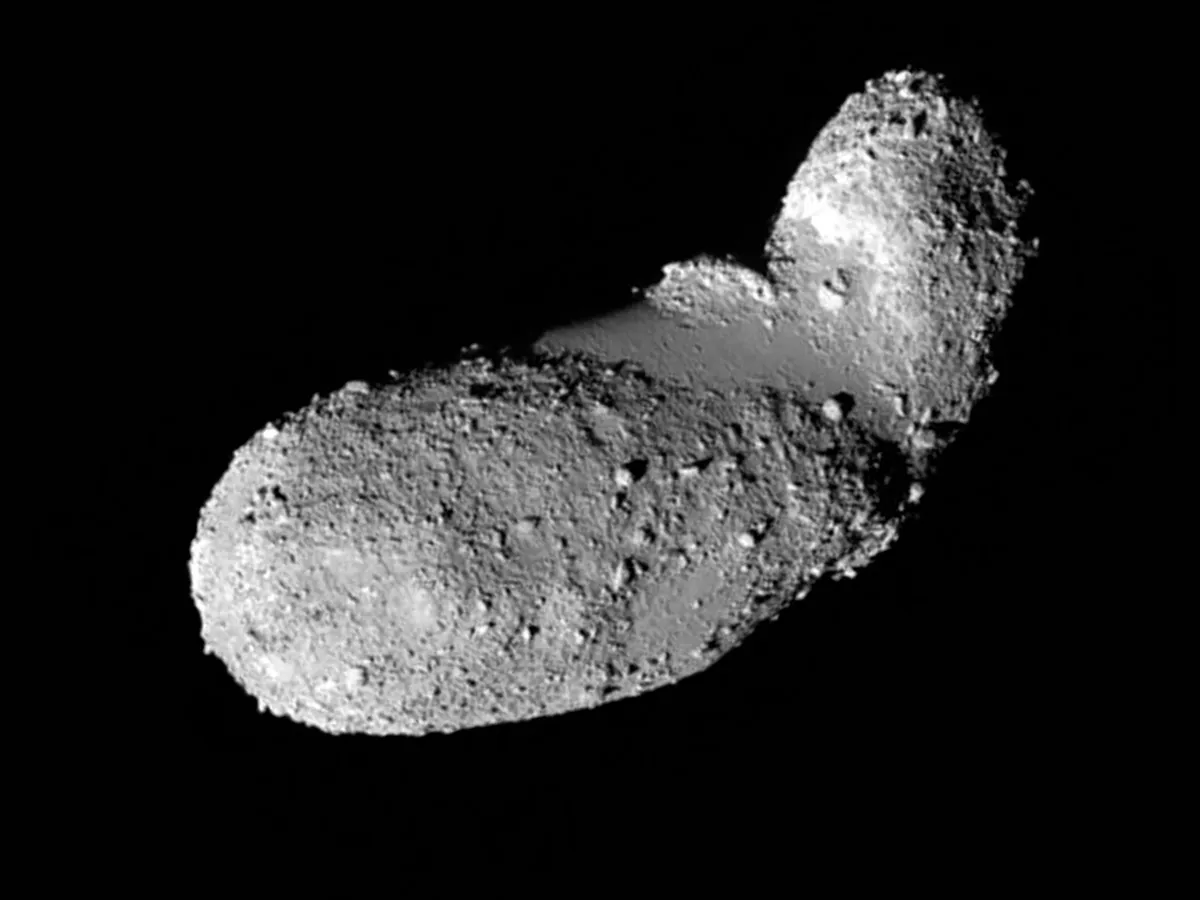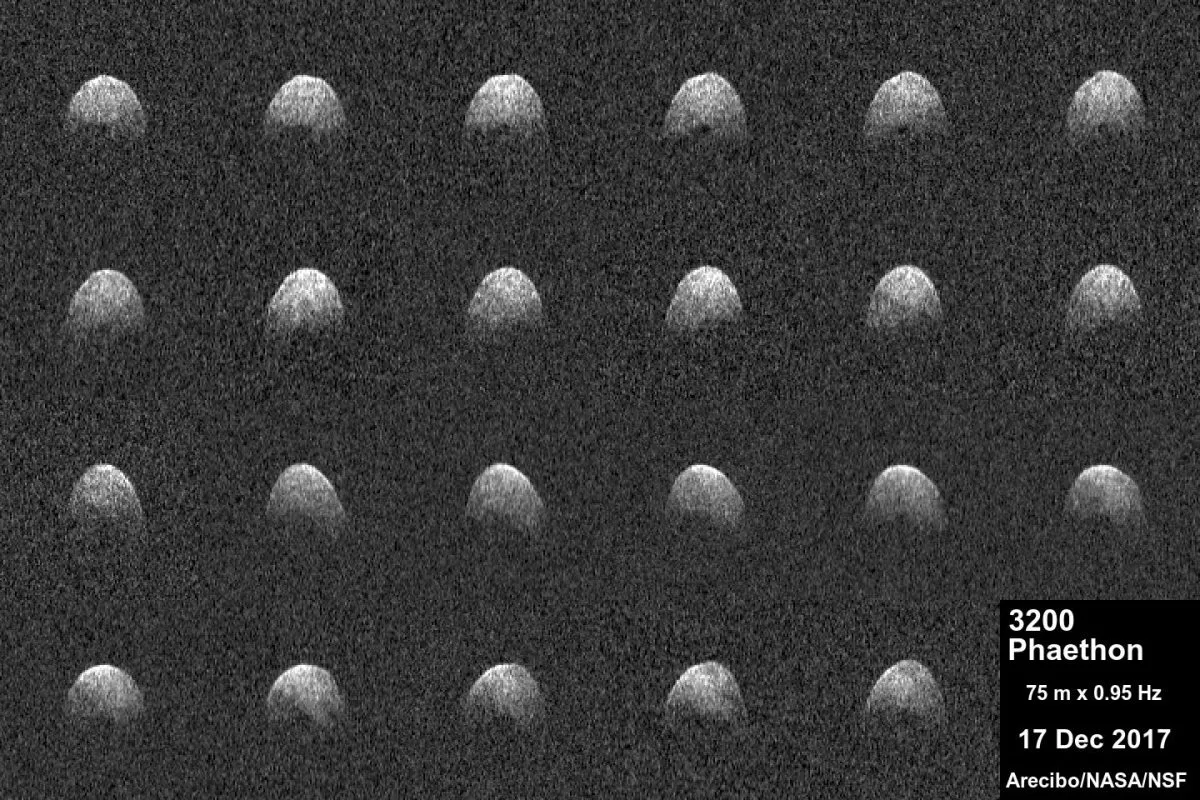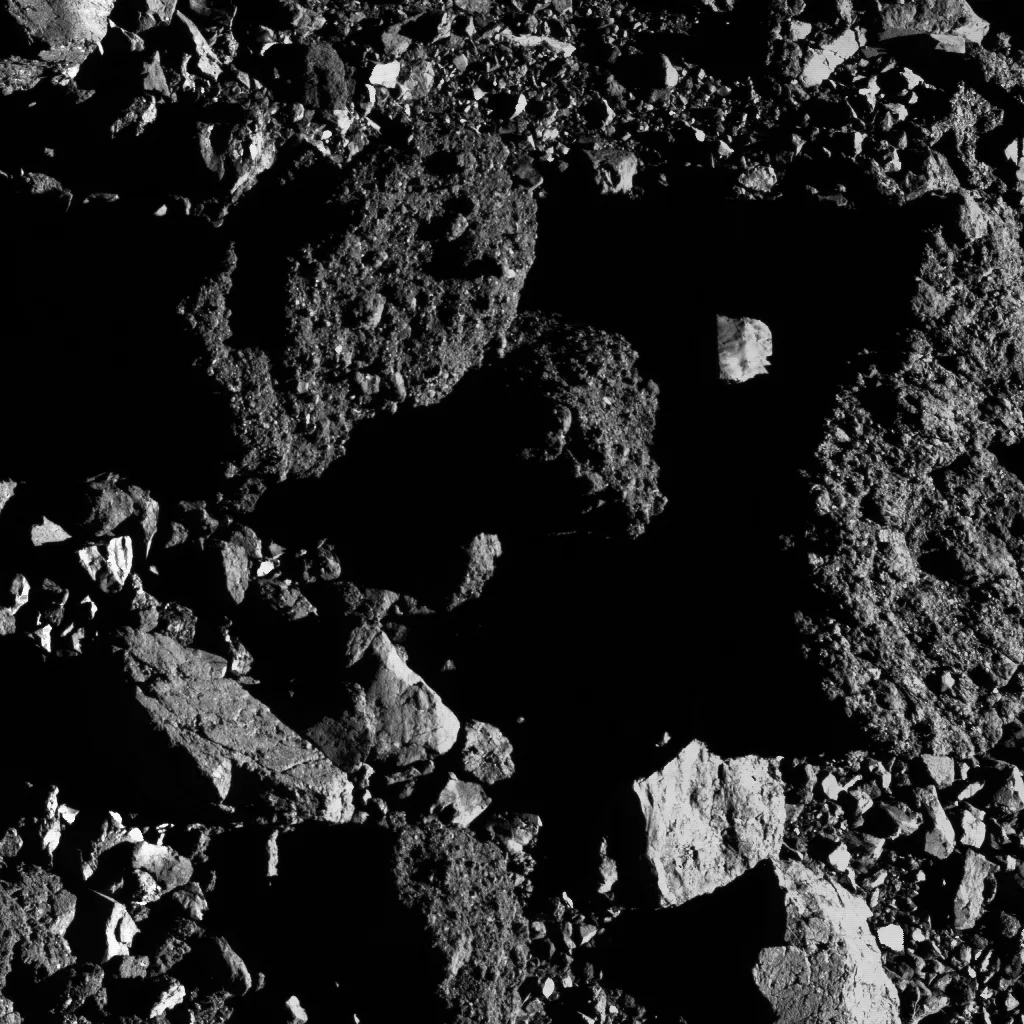By analysing the surface features of asteroids we can gain vital information about their interiors, and potentially help to deflect them from colliding with Earth.
Dr Hannah Susorney is a planetary scientist at the University of Bristol who uses data from space missions and ground-based telescopes to better understand the link between asteroid shapes, surfaces and interiors.
Entitled 'EROS', the project could also inform future attempts to deflect any potentially dangerous asteroids heading for Earth.
We spoke to Dr Susorney to find out more about asteroid mapping.
More about space rocks:
- What is the asteroid belt?
- Lucy: the mission to explore the Trojan asteroids
- What do we know about the asteroid that killed the dinosaurs?

What is the EROS project?
It stands for ‘ExploRing the surface slopes Of aSteroids’. I am trying to understand asteroid interiors by using observations of their surfaces.
I have been using data from spacecraft and the Arecibo Telescope to see if we can use models of asteroid shapes to do that.
How does an asteroid’s shape tell us about its interior?
For starters, it could tell us about the surface processes. For example, if you are walking around on Earth and you go to Cheddar Gorge in Somerset you will find it is really steep.
The reason is because the rock is intact and it won’t flow down.
In contrast, when you build a sand castle on a beach, you can’t make it very steep because the loose sand granules will flow down.
So we are looking at the slopes on asteroids to try and understand how intact they are, which also avoids having to send a mission to every asteroid to investigate.
We can understand a lot about how high or big slopes are on an asteroid remotely.

How do you estimate the shape of an asteroid?
We have lots of shape models of asteroids and we have been looking at the slopes of the ones that we have visited with spacecraft, where we know a lot about the surface and the interior.
Next, we try to understand how we can compare that information to other space rocks that we don’t know.
For example, asteroids that have smoother surfaces are more like Itokawa, which we think has lots of holes in it and a low density.
And asteroids with higher surface slopes are more like Eros, visited by the NEAR Shoemaker spacecraft, which has a more intact interior.

How do you use the data to understand asteroids?
We mainly take shape models that have already been made – those that come from spacecraft observations tend to be the highest resolution.
We can then take shape models from Arecibo Telescope data – we have a tool that can take the internal density and look at how that affects the surface slope.
For the asteroids we’ve visited we have very well-constrained data about densities.
You can see how the asteroid’s gravity deflects the spacecraft slightly, so you can calculate its mass, and combining the mass and volume will give the density.
But there are hundreds of thousands of asteroids, so how do we say something about these with lower resolution data? That’s really the goal.

How is Arecibo data used?
The Arecibo Telescope would send out radio waves, which bounce off the surface of an asteroid and come back.
You have a computer model that starts with a basic asteroid shape, and it keeps changing the shape to try to match the observations.
For example, we have a good shape model of asteroid Bennu from observations by the OSIRIS-REx mission.
When we compared the radar shape model with this we found it matched quite well. We also have data sets from spacecraft observations of Itokawa, Ryugu and Eros.

What are the challenges of the EROS project?
Asteroids range in size from being hundreds of metres across to say, Eros, which has a diameter of 34km. So how do you compare apples and oranges?
Is there some sort of dimensionless thing we can look at? A slope is quite good for that because if you look at the same baseline, you’re comparing apples with apples.
Could your models help deflect asteroids away from Earth?
It’s a low cost, rapid way of understanding asteroid interiors. Internal structure is important when you run into something, because of its momentum and also how it reacts.
That’s one of the huge unknowns with the DART mission: how does a bag of dirt interact to being hit with something?
Composition is probably the most important information. How big a rocket do you need to send?
You can model it all but if you don’t know what the asteroid is really like, you won’t know how the asteroid will react during a collision.
This interview originally appeared in the December 2021 issue of BBC Sky at Night Magazine.
